|
Perhaps understandably the Air Raid Precautions (ARP) services created in the late 1930s initially attracted few female recruits to their ranks. In spring 1938 Lady Reading, widow of a former Governor of India who had a long record of voluntary charity work, was asked by the Home Office if she could help set up an organisation to assist Britain’s local councils in interesting women in the work of these new ARP services. In June 1938 Lady Reading launched the Women’s Voluntary Services for ARP – a cumbersome title quickly shortened to WVS - with a radio broadcast on the BBC and the following January they featured prominently in the National Service recruiting guide distributed to every home in Britain. Local authorities proved keen to make use of those women who volunteered for work with ARP and the organisation quickly outgrew its original purpose of acting as a recruitment agency, WVS members being involved in many aspects of the preparations for war. In February 1939 the WVS, recognising this change of role, amended its official title to the Women’s Voluntary Services for Civil Defence. When war broke out seven months later the WVS was already viewed by the government as an auxiliary service to ARP in much the same way as the WRNS, ATS and WAAF were to the armed services. As the WVS’s original role was to encourage volunteers to join the ARP services, it was not envisaged that a distinct WVS uniform would be needed but, following the example of the ARP services, in November 1939 a simple lapel badge for wearing on civilian clothes (below right) was introduced for those who having volunteered for service had then undertaken a series of lectures "to prepare themselves to carry out their duties" WVS greatcoat, felt hat, two-piece suit and maroon blouseWithin a few weeks of the Home Office’s June 1939 announcement that ARP volunteers were to be issued with uniforms, a standard greatcoat in the WVS colours of green and grey which was to be worn with a green felt hat, became available for purchase ‘by badge holders, at their own expense’. For indoor work members could also buy a simple green overall, the letters WVS embroidered on the breast pocket. By the outbreak of war a two-piece suit - designed by a leading fashion house - worn with a maroon blouse was available, Lady Reading encouraging members to wear it to raise the public profile of the WVS ‘if convenient and not distasteful to you’. On the right cuff of the suit jacket members wore an embroidered version of the WVS badge (below), a bar below indicating the county from which the member came. WVS and evacueesThe WVS made their first impact on the nation with the evacuation of children from Britain’s cities in the summer of 1939. WVS ladies, many wearing their distinctive, newly-introduced uniforms were foremost in ensuring that the evacuation worked smoothly. At railway stations in the cities from which the evacuees left and in the country districts where they arrived, WVS volunteers laboured tirelessly to make this traumatic dispersal work as smoothly as possible. When the children arrived in the country WVS members not only used their local knowledge to arrange billets but helped both children and “foster parents” adjust to the new challenges caused by such an upheaval. That no children were lost or injured in the course of such a massive undertaking owed much to the work of the WVS. WVS and welfareAs the war began to affect the whole country the variety of tasks the WVS was called on to perform multiplied. Having helped to evacuate children to the country they became involved in providing social clubs and nurseries there for mothers and babies. To provide for the welfare of the numerous service personnel moving about the country they opened canteens and refreshment stalls at the railway stations through which they travelled. At the beginning of 1940 as shortages of raw materials for industry began to be felt the WVS were asked to assist local councils with the running of their salvage campaigns and in many areas the campaigns were run successfully by the WVS for the entire war. When the autumn of 1940 brought air raids the WVS were to the fore in equipping and staffing the hastily-improvised Rest Centres established to help the bombed-out. With many losing the entire contents of their homes, the WVS provided advice at the centres on how to replace such essential wartime items as identity cards and ration books and how to go about obtaining compensation for air raid damage. WVS assistance at air raidsAs air raids struck Britain’s cities and the civil defenders worked all night to extinguish fires and rescue those trapped, mobile canteens, many bought with funds from overseas but staffed by the WVS, went to the site of air raid incidents where they served tea to cold, wet and tired firemen and rescue workers. In April 1941, when the Ministry of Food established the system of emergency feeding convoys known as Queen’s Messengers to be sent to badly bombed cities like Coventry, they were staffed almost entirely by WVS volunteers. WVS bar brooches, berets and armbandsAlthough the WVS did not have a rank structure in April 1940 it introduced a series of bar brooches showing the posts held by members. Originally worn on the lapel of the uniform jacket they replaced the metal WVS badge which became the hat badge. With a green beret available as an alternative to the felt hat from February 1941, the metal badge was authorised for wear in this as well, the cloth badge worn on the arm suggested as a more suitable alternative. Members without uniform wore the brooch immediately below the WVS badge on the left lapel. By 1942 a need for economy in all materials saw WVS uniforms restricted to essential users who needed a permit to buy uniform items and much greater use was made of simple, locally-made armbands. WVS Housewives' ServiceThe WVS quickly realised that many women willing to work as volunteers had domestic or family commitments preventing them from doing so full time. They could however help their local air raid wardens by having detailed knowledge of the residents in their streets and assisting with the care of casualties at an incident before the arrival of the first aid services. The title Housewives' Service for these on-call volunteers which originated in Barnes on the outskirts of London in early 1940, quickly spread throughout the London CD Region and later the country. By 1943 there were 265,000 members of the service nation-wide, their presence shown by a blue WVS card placed in a convenient window. On duty, especially in the flying bomb raids in the summer of 1944 Housewives Service members wore distinctive armbands. WVS rationing, clothing exchanges and British RestaurantsYet more jobs were undertaken by WVS volunteers as the war progressed, many connected with wartime rationing schemes. After the introduction of clothes rationing when new clothes could only be bought with a ration book, the WVS ran a network of Clothing Exchanges for children where mothers could hand in items their own youngsters had outgrown in return for larger items donated by other mothers. These exchanges also distributed gifts of clothing supplied by overseas well-wishers, most notably from America, where they had been donated or purchased by organisations such as the British War Relief Society. WVS members were at the forefront of the ‘Make Do and Mend’ drives which encouraged housewives to remake old garments into new ones. Food rationing, a feature of life from 1940, saw the growth of locally-run communal feeding establishments – which Churchill said should be renamed ‘British Restaurants’, which, almost entirely staffed by WVS members, offered busy war workers good, wholesome meals at low prices. WVS Volunteer Car PoolsWhen petrol rationing removed private motorists from the roads the WVS helped organise and provide drivers for the Volunteer Car Pools (VCP) which permitted car owners a small petrol ration if their car was used as transport for essential war work. So varied was the work done by the VCPs that a VCP driver in Kent recorded that in one week she not only drove passengers on government business but also transported loads of salvage, clothing, rose hips and chestnuts as well as boxes of cod liver oil and orange juice for the children’s welfare food schemes. When the American forces arrived in Britain, the WVS helped out in many American Red Cross canteens, Aero Clubs and Donut Dugouts even though American legislation prevented them from wearing WVS uniform. In September 1945 Lady Reading told members that with the war over, the government had agreed that it could continue in existence ‘for a further period, possibly two years’ to help with the problems likely to arise from post-war reconstruction in Britain. Over 80 years later what is now the Royal Voluntary Service continues doing invaluable work for the community. Text courtesy of Jon Mills - for more information see his book the Women's Voluntary Services (WVS).
1 Comment
5/25/2024 07:51:17
Our Wimbledon Village Stables share same initials. This makes fascinating reading about the other WVS. My grandmother Isabella (Eileen) Tait (nee Shead 1904) was a WVS volunteer during WW2 whilst she and grandad James Tait were bar steward and stewardess running Wimbledon Village Club which was used as an emergency refuge for local bombed out residents of Wimbledon SW19.
Reply
Your comment will be posted after it is approved.
Leave a Reply. |
Please support this website's running costs and keep it advert free
Categories
All
Archives
June 2024
|
|
|
Copyright © 2018–2024
|
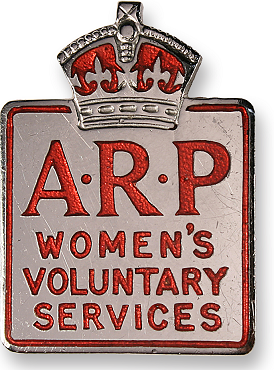
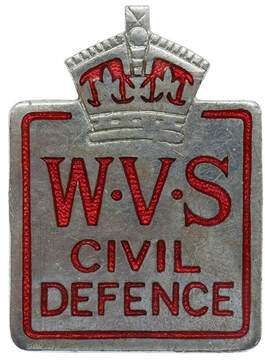
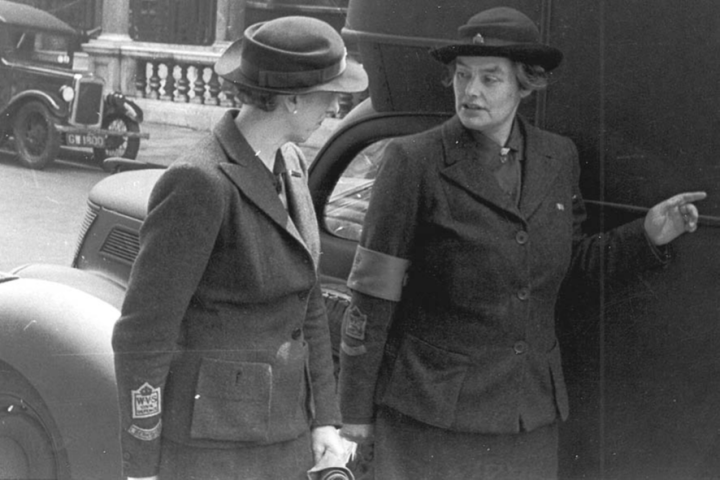
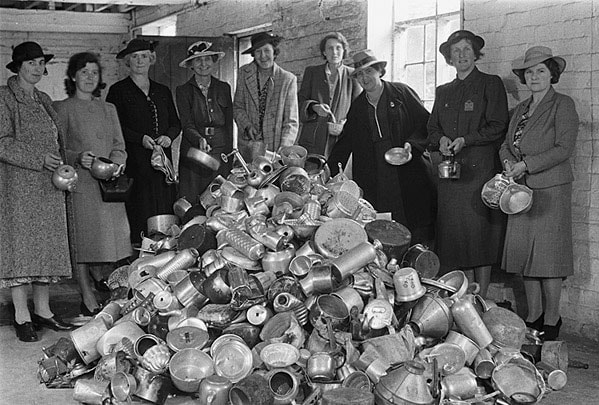
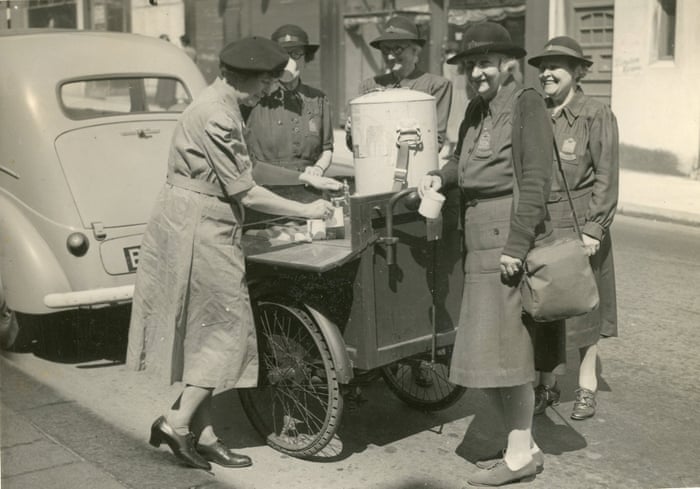
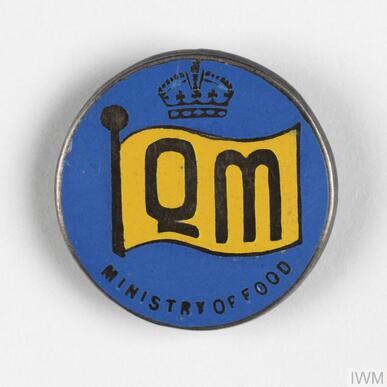
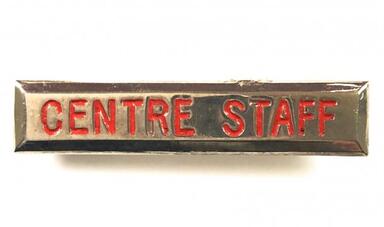
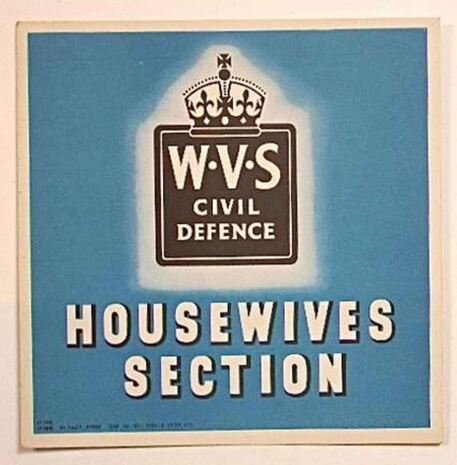

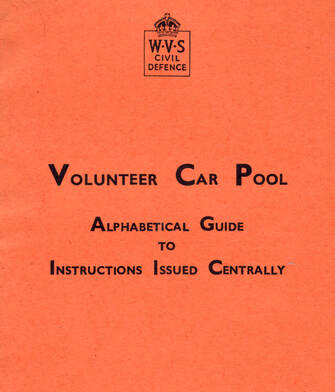
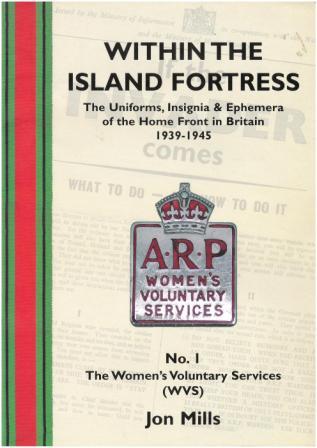
 RSS Feed
RSS Feed